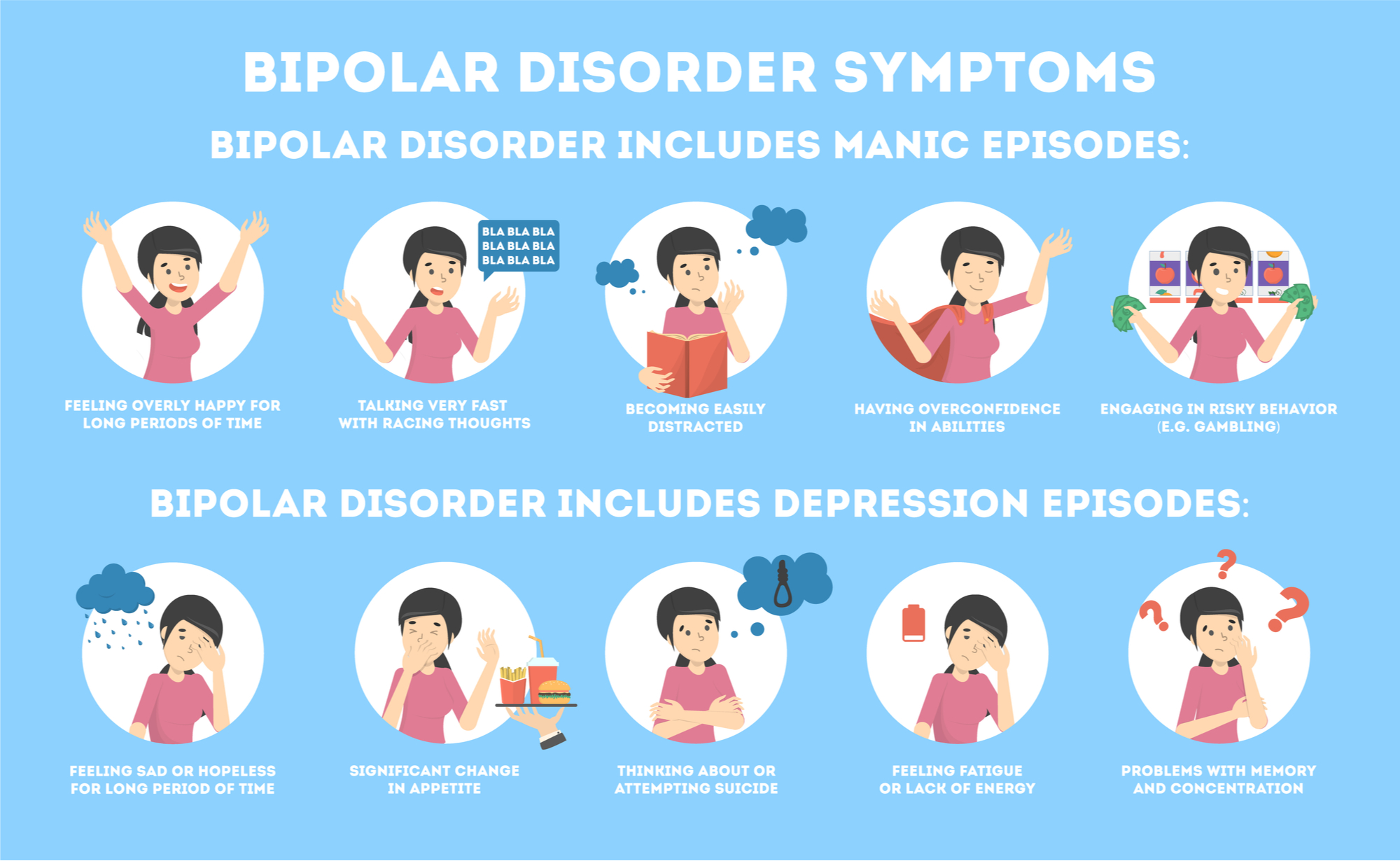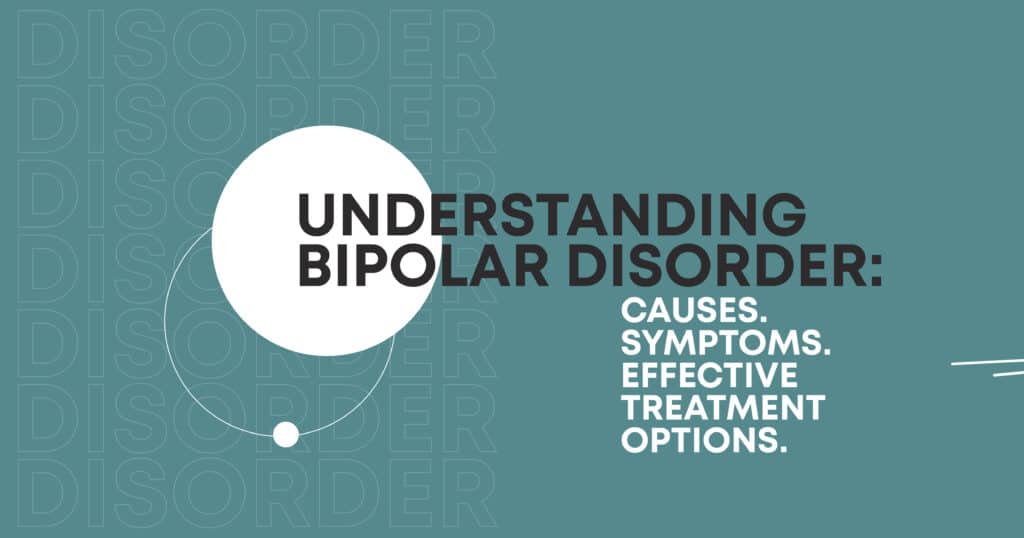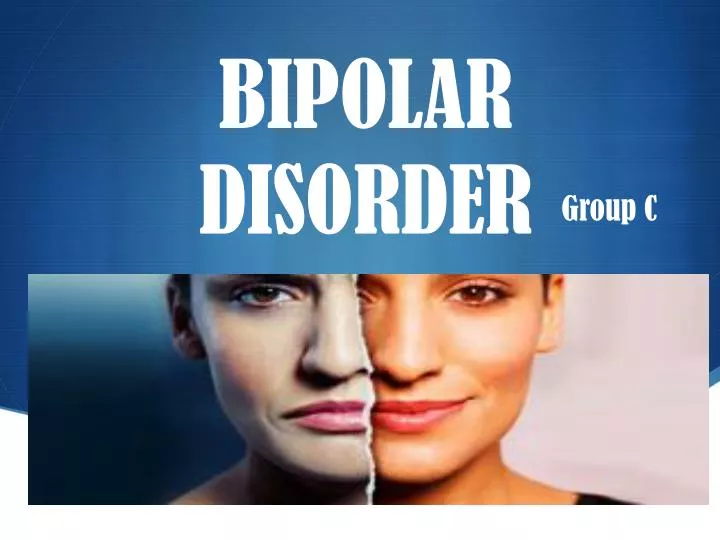Table of Contents
- Bipolar adalah Penyakit Perubahan Mood, Ini Faktanya - Yoona
- How to Treat Bipolar Disorder | Bipolar Disorder Treatment
- November 2019 – Page 3 – Intro Psych Blog (F19)_Group 7
- Bipolar Disorder: Causes, Symptoms, And Treatment Options - Mental ...
- Bipolar Disorder System Disorder Template
- Bipolar disorder is a mental health condition characterized by extreme ...
- Bipolar disorder: Symptoms, causes, types, and treatment
- Bipolar disorder: Symptoms, causes, types, and treatment
- Healthy N Fit: Tips to treat Bipolar disorder
- Here's what may increase the risk for bipolar disorder | Health ...


What is Bipolar Disorder?


Types of Bipolar Disorder
There are four main types of bipolar disorder, each with its unique characteristics and symptoms. These include:
1. Bipolar I Disorder
Bipolar I disorder is the most severe form of the condition. It is characterized by at least one manic episode, which may be accompanied by depressive episodes. People with bipolar I disorder may experience psychotic symptoms, such as hallucinations or delusions, during their manic episodes.
2. Bipolar II Disorder
Bipolar II disorder is similar to bipolar I, but the manic episodes are less severe, known as hypomanic episodes. People with bipolar II disorder may experience depressive episodes, but the manic episodes are not as intense.
3. Cyclothymic Disorder
Cyclothymic disorder, also known as cyclothymia, is a milder form of bipolar disorder. It is characterized by periods of hypomanic and depressive symptoms that last for at least two years. However, the symptoms are not as severe as those experienced in bipolar I or II disorder.
4. Other Specified Bipolar and Related Disorders
This category includes conditions that do not fit into the other types of bipolar disorder. It may include symptoms such as manic or hypomanic episodes that are triggered by medication or substance use.
Distinctive Features of Each Type
Each type of bipolar disorder has its unique features and symptoms. Understanding these differences is crucial for proper diagnosis and treatment. Some of the distinctive features of each type include: Manic episodes: Characterized by elevated mood, increased energy, and impulsive behavior. Hypomanic episodes: Similar to manic episodes, but less severe. Depressive episodes: Characterized by low mood, loss of interest, and changes in appetite or sleep. Psychotic symptoms: Hallucinations, delusions, or disorganized thinking. Bipolar disorder is a complex condition that affects people in different ways. Understanding the different types of bipolar disorder and their distinctive features is crucial for proper diagnosis and treatment. If you or someone you know is experiencing symptoms of bipolar disorder, it is essential to seek professional help. With the right treatment and support, people with bipolar disorder can manage their symptoms and lead fulfilling lives. Remember, seeking help is the first step towards recovery.Source: WebMD